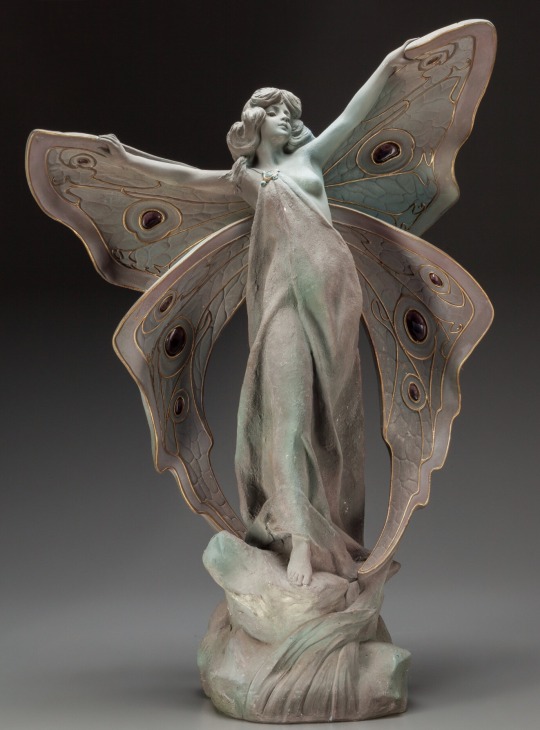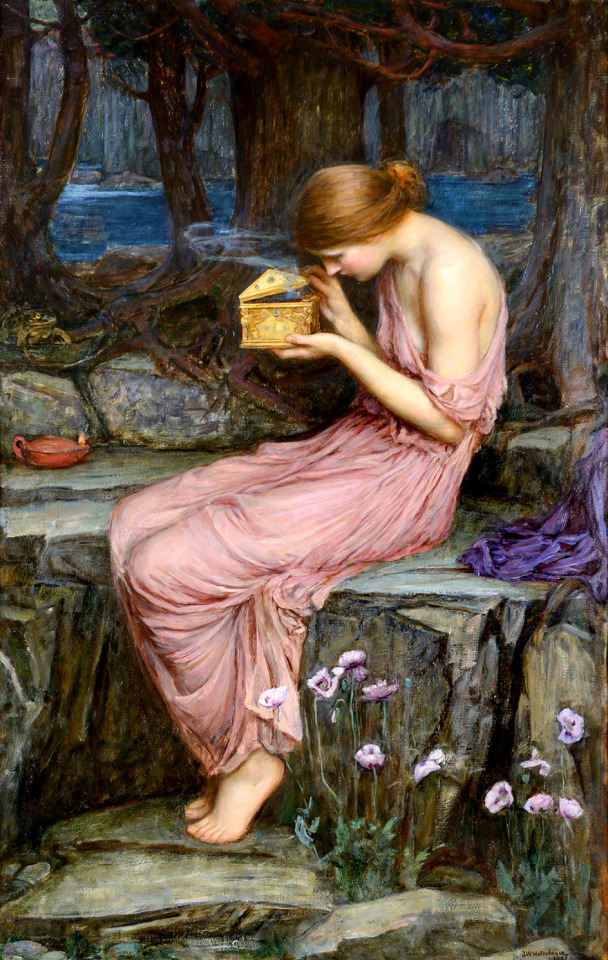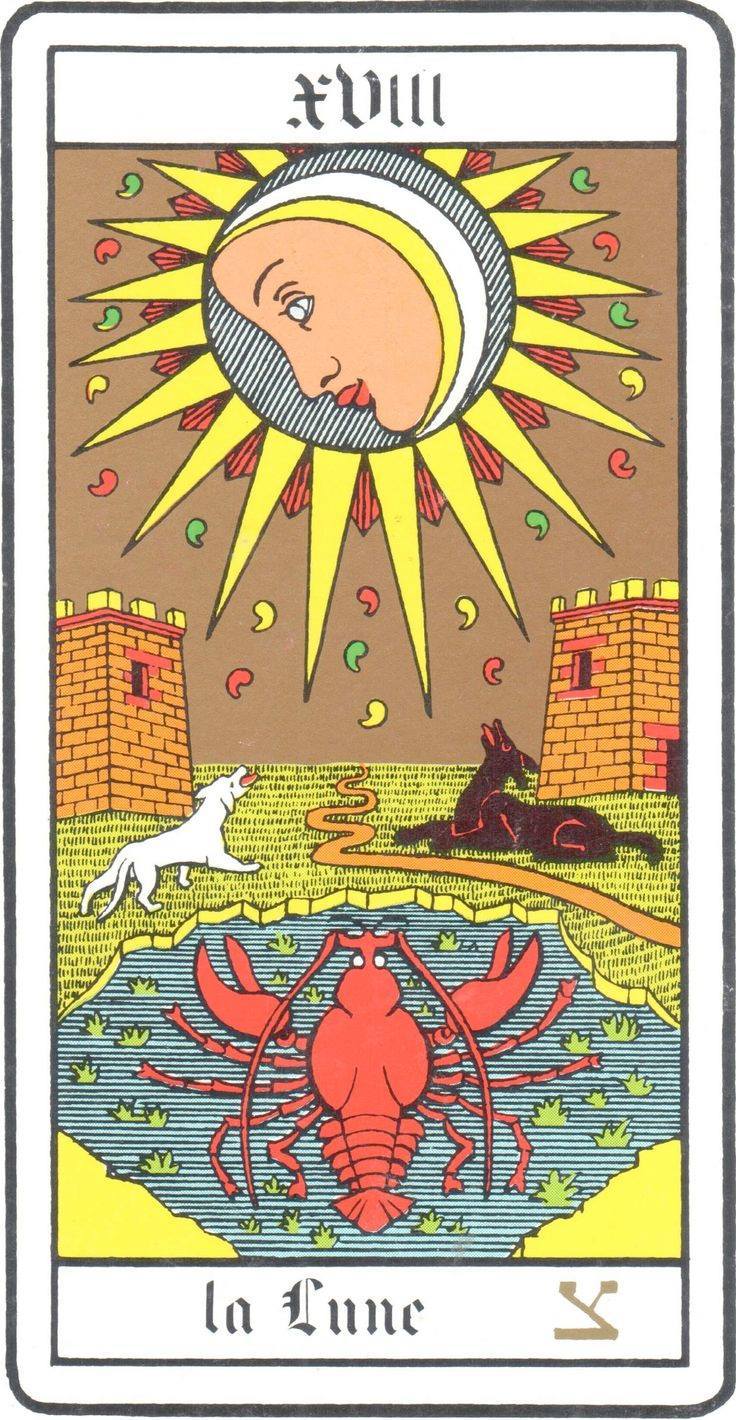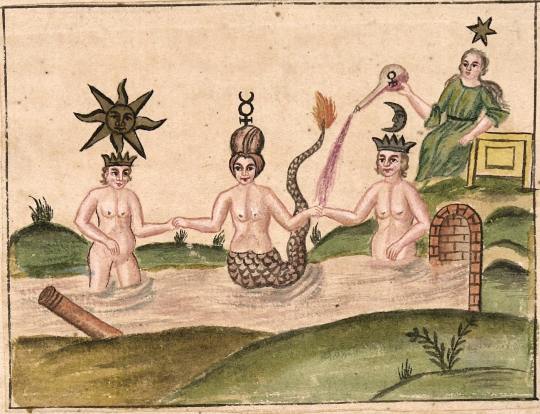Text

Rinaldo Barbetti (Italian, 1830-1904)
after William Adolphe Bouguereau (French, 1825-1905)
Cupid and Psyche, 1900
996 notes
·
View notes
Text

A painted example of the Fuji Mandara (富士曼荼羅), a mandala depicting the sacred landscape of Mount Fuji populated with earnest pilgrims making their way to the peaks above inhabited by three manifesting Buddhist deities
Color on silk dating to the Muromachi period (1336-1573) from the collection of Fujisan Hongū Sengen Taisha Grand Shrine (富士山本宮浅間大社) in Fujinomiya, Shizuoka Prefecture
Image from "Shintō: The Sacred Art of Ancient Japan" edited by Victor Harris, published by the British Museum Press. 2001, page 181
169 notes
·
View notes
Text

A Continental Art Nouveau Ceramic Butterfly Statue
.c. 1900
Marks : P. Feffer
Source: Héritage Auctions
14K notes
·
View notes
Text

René Magritte
Souvenir de voyage III, 1951
Oil on canvas.
489 notes
·
View notes
Photo

Desert Eye, by Elliot McGucken.
Arches National Park, Moab, UT
14K notes
·
View notes
Text

Psyche Opening the Golden Box by John William Waterhouse (1903)
6K notes
·
View notes
Text

"Arcana 18 represents the Moon as a silver disc on which is outlined in profile a feminine face with puffy features. From the disc come long yellow rays between which appear short red glows. These colours attribute to the Moon a weak spiritual activity (red) but a great strength in the sphere of materiality (yellow).
That signifies that the imagination, or lunar faculty, favours the visionary by giving objective form to his thought, but it scarcely helps to understand and to seize the real essence of things. Although Hecate is deceiving we must pass through her school in order to learn not to be the dupe of her phantasmagoria.
The spilt drops, red, green and yellow which the Moon seems to attract correspond to the globes of the same colour in arcana 16, but the emanations from the earth go to the satellite which takes without giving anything in return. The cold light and the night star tend to reabsorb the vitality which the Sun gives off, hence the popular advice never to sleep exposed to the Moon’s rays."
— Tarot Of The Magicians By Oswald Wirth
22 notes
·
View notes
Text

Edith Valentine Tenbrink (American, b. 1883, Iowa - d. 1963, California)
"The Spiritual Body" 1944, mixed media on board, 24 x 18 inches.
72 notes
·
View notes
Text

Figurine of Aphrodite holding a double cornucopia with Eros seated on her knee
Greek, East Greek
Hellenistic Period
late 1st century B.C.
43 notes
·
View notes
Text

Immagine del manoscritto Zoroaster Clavis Artis, Ms-2-27, Biblioteca Civica Hortis, Trieste, vol. 2, pag. 27
#esoteric#consciousness#metaphysical#occult#rosicrucian#tarot#alchemy#magic#alchemist#art#magick#magical
173 notes
·
View notes
Text

Scarab ring
Egyptian
New Kingdom, Dynasty 18, reign of Thumose III
1479–1425 B.C.
86 notes
·
View notes
Text

Statuette of Eros as Harpokrates carrying a cornucopia
the Diphilos' workshop
Greek, East Greek
Hellenistic or Imperial Period
late 1st century B.C. – early 1st century A.D.
#esoteric#consciousness#metaphysical#occult#rosicrucian#tarot#alchemy#magic#alchemist#art#magick#magical
181 notes
·
View notes




